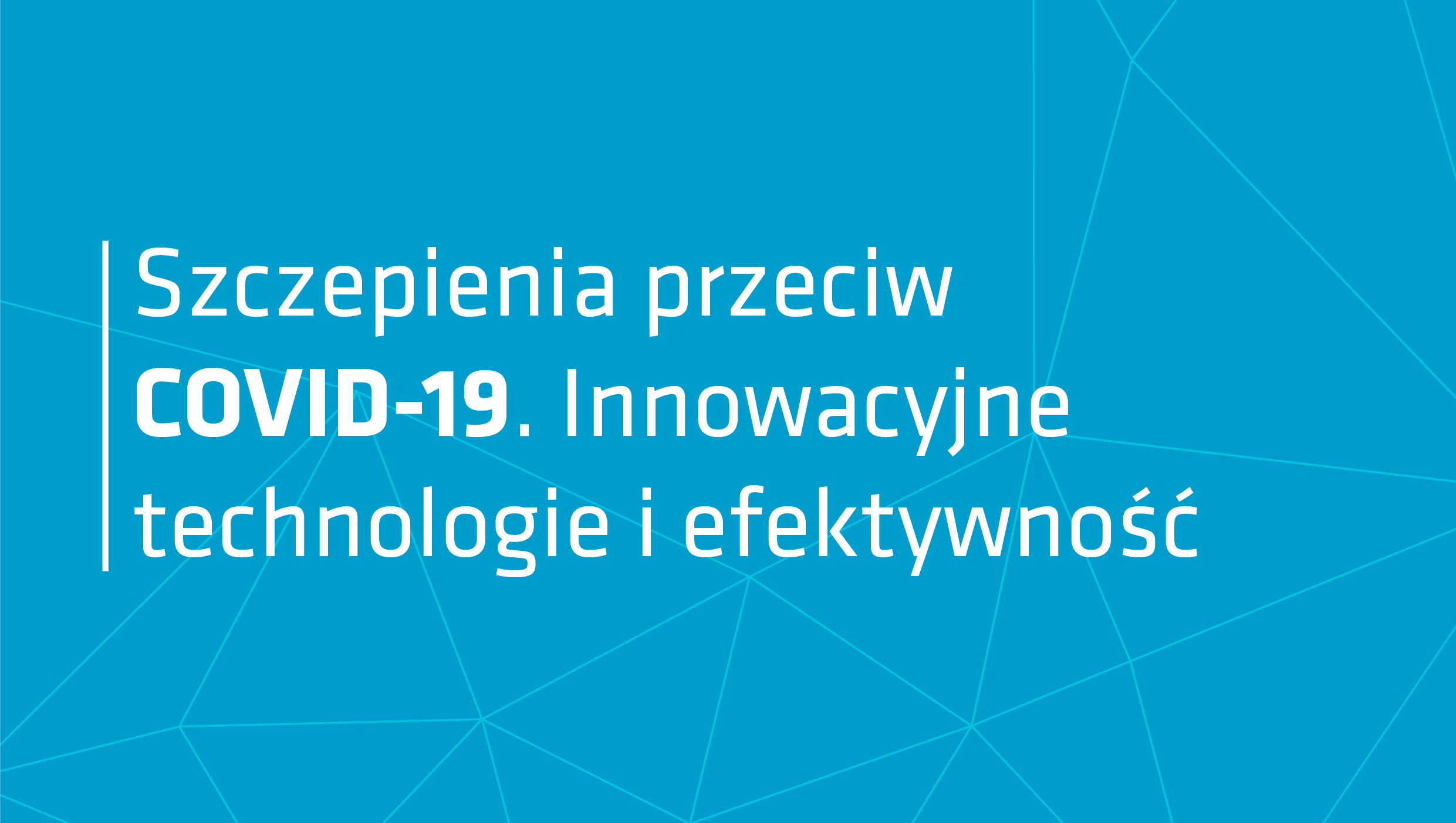Infectious diseases spread from one person to another, leading to localised outbreaks (epidemics) and even outbreaks covering large areas (pandemics). Immunisation has meant that infectious diseases that once led to disability or death, such as smallpox and polio, are now a thing of the past.
In 2019, an animal coronavirus (later named SARS-CoV-2) gained the ability to transmit to humans, and the disease caused by it was identified as COVID-19. The virus is transmitted by droplet without close contact, the disease has a long incubation period, infecting others before symptoms appear, and a large percentage of people go through the infection with mild symptoms or even asymptomatic. Consequently, in an era of high mobility and globalisation, the development of a pandemic has been very rapid. Today, we are faced with the choice of being vaccinated against COVID-19 or taking the risk of contracting the disease, the persistence of the pandemic and the further deepening of the economic and health crisis.
The vaccine may contain a weakened or dead micro-organism, or fragments of the micro-organism, such as a fragment of the genetic material (RNA) of the virus. Vaccines containing viral fragments are considered to be very safe, and the technology has been developed for about 20 years. A vaccine of this type will be used for SARS-CoV-2. The vaccine contains an instruction (mRNA), based on which the organism produces a small viral fragment (S-protein. spike protein), which does not cause the disease, but is sufficient for the immune system to learn to recognise SARS-CoV-2 and fight it effectively.
An unvaccinated organism needs up to two weeks to become fully "equipped" to fight a pathogenic micro-organism. The role of the vaccine is to mimic the infection, so that the vaccinated person develops immunity, exactly as if they had contracted the disease, but without the associated health risks. Thus, when encountering the micro-organism, the immune system is already fully 'armed' and ready to fight back.
Despite the threat posed by the pandemic, vaccines against SARS-CoV-2 have been subjected to the same stringent tests to demonstrate their efficacy and safety as other drugs and vaccines that gain access to the European pharmaceutical market. In addition to testing on thousands of volunteers, the availability of vaccines in European Union countries requires passing a meticulous procedure conducted by the European Medicines Agency, which checks the quality, efficacy and safety of vaccines.
The vaccination plan against SARS-CoV-2 in Poland includes a gradual distribution of vaccines, starting with the most vulnerable groups. Vaccination will be voluntary, free of charge for the patient and easily accessible, with the aim of achieving a high percentage of people vaccinated in the shortest possible time. The aim of the Programme is to "achieve a vaccination rate in the population to bring the COVID-19 pandemic under control by the end of 2021, while maintaining the highest safety standards". By vaccinating ourselves, but also educating those around us about the benefits of vaccination, we can collectively achieve this goal and soon return to normal social and economic functioning.
For more information see: www.naukaprzeciwpandemii.pl

